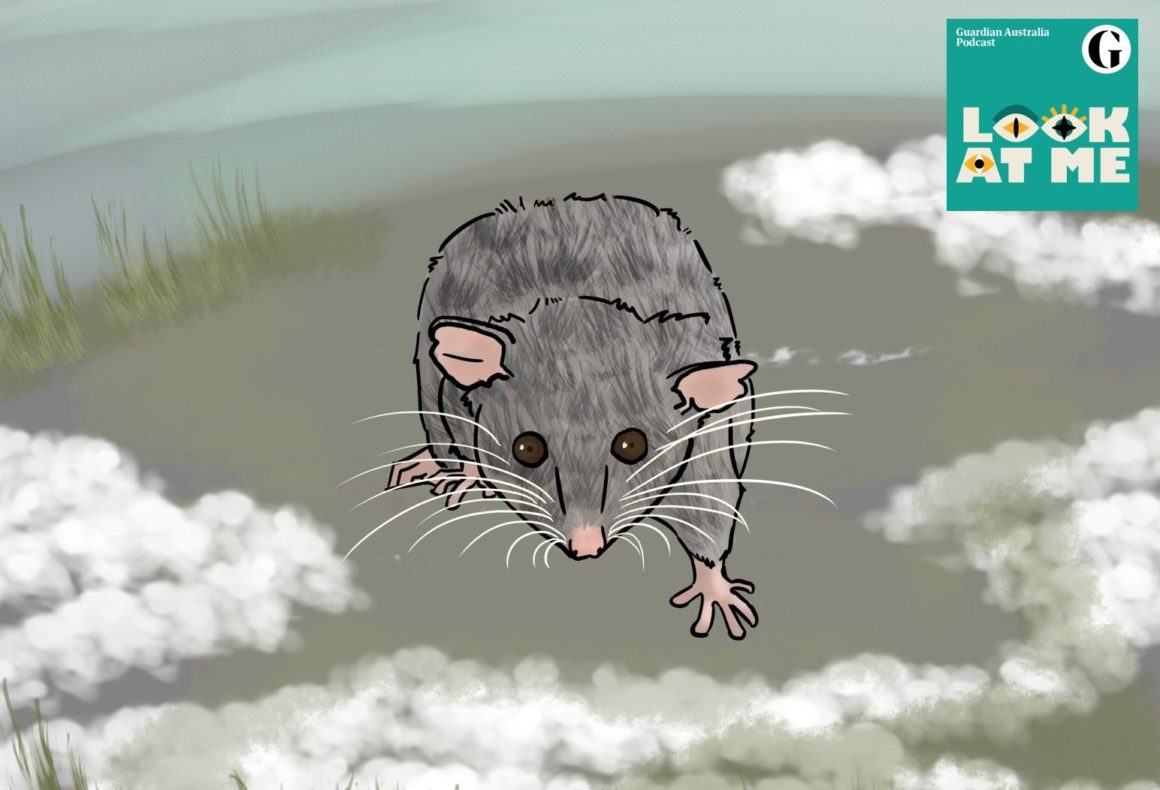What an amazing range of adaptations we have discovered in this series! We’ve met unique and bizarre characteristics to help them attract a mate, or to communicate with one another; animals who have evolved to live in the most unlikely of places. We’ve discovered a worm the size of a snake and a metallic-striped headbanging bee. Really, the take-away from evolution could be: wherever there’s an opportunity to pass on to the next generation, there’s a weird and wonderful way.
For the final instalment of ‘Amazing adaptations’, we will be discovering how one of the cutest marsupials in Australia survives in one of the most unforgiving environments.
Upon first laying eyes on the Mountain Pygmy Possum you can be forgiven in thinking that they must be made entirely of fluff. But these little marsupials have much more substance than that.
As heard on the latest episode of Look at Me (and last episode of the season) these tiny possums are entirely confined to the alpine areas of south-eastern Australia. The Mountain Pygmy Possum relies on a blanket of snow cover in winter, and as a result inhabits mountain-tops, or ‘islands in the sky’ where snow does fall.
These ‘islands’ being far from tropical escapes, the possums must contest with below-freezing temperatures and lack of food over the long winter months.
So how does a possum that can fit in the palm of your hand live in such a cold and unforgiving climate?
They have a nice long nap!
When you think of hibernation, you may imagine a bear fattening itself up before crawling into a cave for a long, over-winter sleep. There are, however, many animals of different sizes that hibernate. The Mountain Pygmy Possum uses hibernation to conserve energy over the barren winter months on the alps, when not much food is available.
The Mountain Pygmy Possum’s hibernation period consists of shorter bouts of a deep sleep called ‘torpor’. During this deep sleep, the heart rate of the possum slows right down. Its body temperature drops, and this slows down the metabolic rate. If metabolism – which converts food into energy – is slowed down, the possum can stretch its fat stores over multiple months (rather than burning it off quickly by running around and being active).
To ensure they get a good rest over winter, the possums need to make sure they pick the right spot. The energy-saving gains of hibernation for Mountain Pygmy Possums only occur in a very small range of ambient temperatures: around 4-7°C. So selecting a well-insulated spot to settle down is very important. Torpor lasts for days at a time, getting longer as the winter progresses, but the possum does often wake up in between and might use this time to exchange its hibernation site for a cosier bed.
Hibernation in larger animals is often triggered by changes in day length, but the Mountain Pygmy Possums do things a little differently. Because of their tiny body size, the possums cannot survive for too long without feeding (they simply cannot store enough fat). However, it is still very costly to be awake during the winter months.
To find the right balance, Mountain Pygmy Possums use cues from the alpine environment and food availability, rather than day length, to signal the start (and end) of the hibernation period.
Apart from the fact they would waste away if they hibernated too long, the possums also need to make sure they leave enough time in the summer months to breed and allow their offspring to grow and fatten up before the next winter. Males will wake earlier than the females, to allow time for their testes to mature prior to the females waking up (they need to be ready to go straight away!)
Hibernation allows Mountain Pygmy Possums to survive in an unforgiving and unique landscape – but they exist on a knife’s edge. Even a small change in their habitat, which they have so expertly adapted to exist in, could spell disaster for these amazing (and adorable) little possums.
If you haven’t listened to the final episode of Look at Me, make sure you tune in via the Guardian Australia website or your podcast provider to find out more about this amazing animal.
Look at Me is a six-part Guardian Australia podcast series putting some of Australia’s lesser-known animals in the spotlight. Look at Me is hosted by Benjamin Law and produced by Remember The Wild.


Leave a Reply